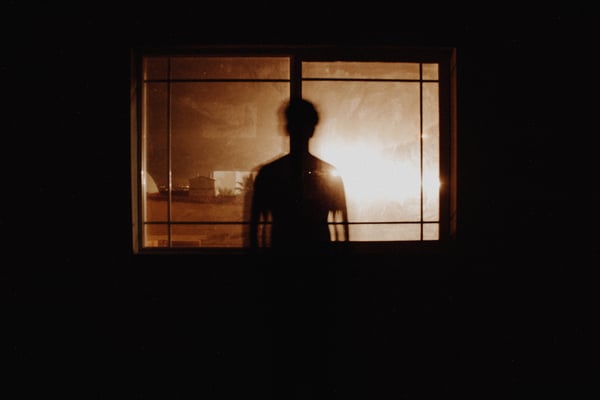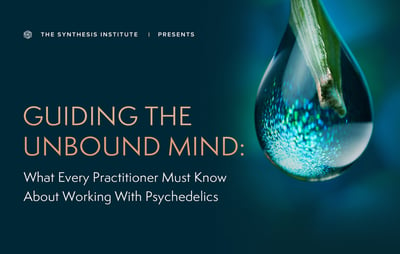Written by James Clifton, Retreat Lead & Transpersonal and Integrally Informed Psychotherapist. Make time for the interactive videos at the end!
‘One does not become enlightened by imagining figures of light, but by making the darkness conscious.’ - Carl Jung

In Jungian terms the Shadow or Shadow Self is a part, or parts, of us that we may deny, hide or repress. This repression could have been for good personal reasons and placed outside of our conscious awareness for strategic, survival or adaptive purposes at a time we can no longer recall. This may well have been the obvious darker or taboo thought, feeling or behaviour that we hid from ourselves or others, but it could have also been joy, creativity, passion or play.
We can only contain whatever we've denied within our makeup of being human for a period of time. Inevitably, under stress or duress, those repressed parts will leak out from the unconscious of our psyches and into the cold light of consciousness. The psychic energy or psychological defence that it takes to contain our Shadow will eventually breakdown and the unconscious will surface and reveal the hidden; be that dark or light.
These hidden versions of ourselves are usually explored in closed psychotherapeutic containers and the modern priests in these traditions are often sought out as the ones that hold the key to unlocking this potential. Yet, if we are encouraged and supported in safe ways with ethically-minded guides, we can start to reveal, integrate and embrace these parts of ourselves.
Trusting the natural process of our own feedback mechanisms toward wholeness can take time and personal practice. Engaging in this process consciously rather than waiting for the dark night of the soul or personal crisis to unfold, is a trick we could all learn with some simple education and foresight.

A death or dying of the old version of ourselves is never easy and the rebirth into a more integrated ‘me’ can also be challenging to fully accept. However, as clichéd as it is, ‘change is inevitable.’ You can notice change on the horizon via personally tracking symptoms of dis-ease, dreams and classic projection (it’s not me it’s you). These are some of the ways in which we can recognise the next death - re-birth cycle. Becoming aware of our repetitive psychological or behavioural patterns, repetitive dreams and repetitive projections, tends to be a very good indicator in recognising this, often known as Freudian 'repetition compulsion’.
Psychedelic experiences have deep potential to lift off the layers that protect our psyche from our shadow selves. During a safe and intentional psychedelic journey, these shadow layers are experienced and what lays hidden may then be revealed. There is the chance for possible meetings of multiple selves; from in-utero, the pre-verbal, the personal and the collective archetypal blueprinting and the deeply trans-personal.
For example, an in-utero memory or experience may remind us of a classic union of oneness with an all pervading and encompassing mother, that is deeply rooted in our sensory awareness. And a transpersonal experience of unity-consciousness with all of life may reveal the archetypal feminine as a transcendent deity or goddess.
The task ahead is how we translate these powerful shadow state processes into the grounding of personal understanding and meaning. Here's a way you can work on your shadow self at home:
James Clifton shares a modern integrally-informed tool that has its origins in Gestalt Therapy and Voice Dialogue Work. The 321 Shadow Process is a stand alone practice and a simple way of exploring and teasing out some of these aspects ourselves.

















